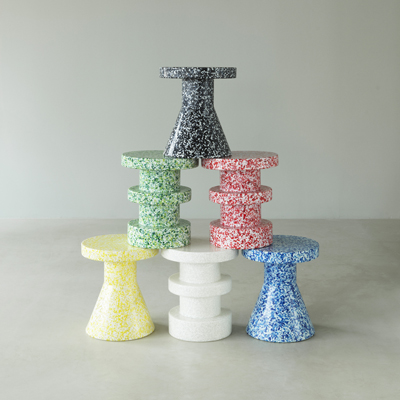Download
Professionals
Wir haben den Online-Verkauf in den USA, Kanada und Mexiko eingestellt. Um eine Bestellung aufzugeben, wenden Sie sich bitte an Ihren lokalen Händler
